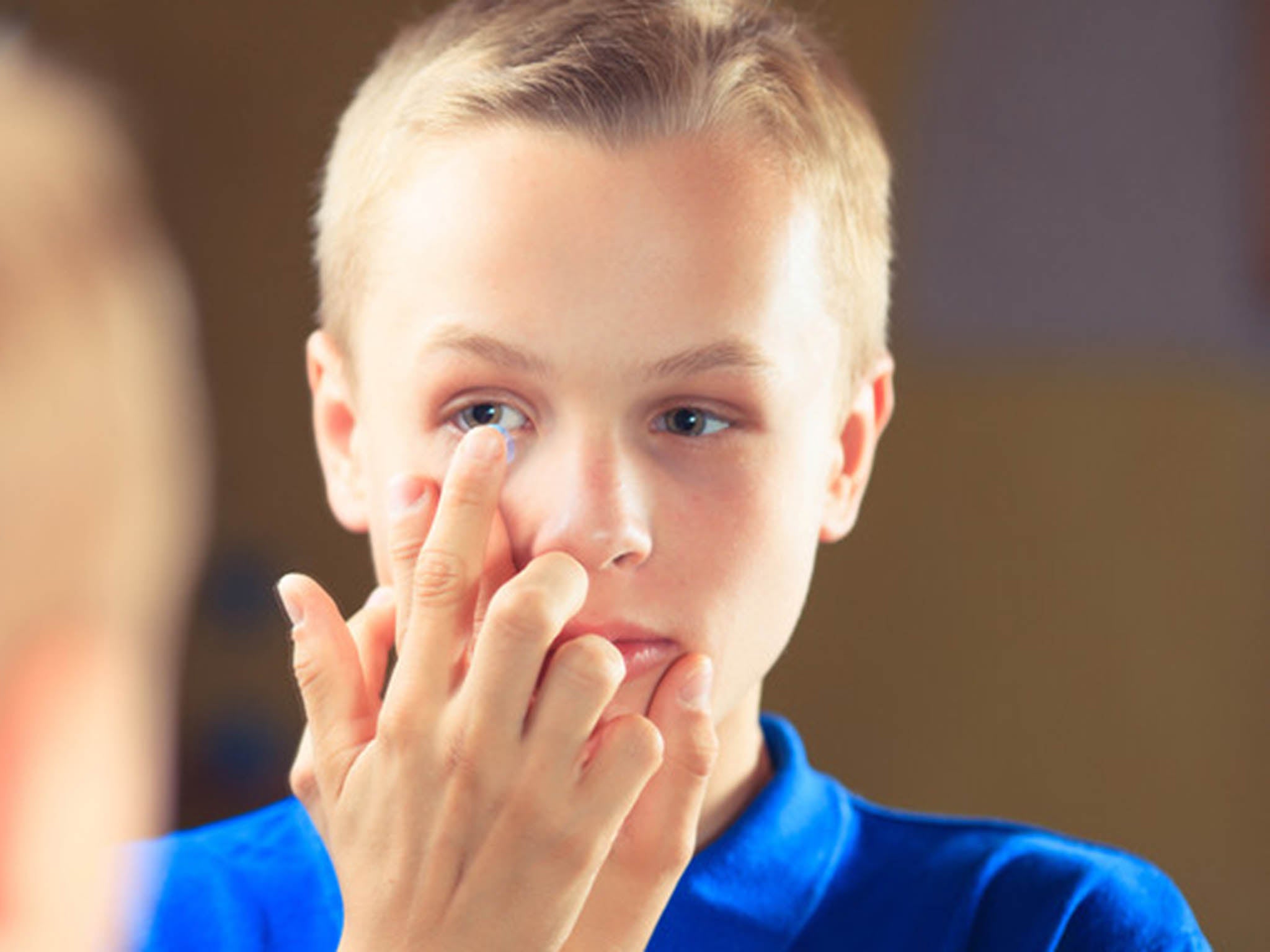Children need more violet light – here’s why
Short-sightedness is a growing public health problem. Luckily, scientists are starting to find solutions

Your support helps us to tell the story
From reproductive rights to climate change to Big Tech, The Independent is on the ground when the story is developing. Whether it's investigating the financials of Elon Musk's pro-Trump PAC or producing our latest documentary, 'The A Word', which shines a light on the American women fighting for reproductive rights, we know how important it is to parse out the facts from the messaging.
At such a critical moment in US history, we need reporters on the ground. Your donation allows us to keep sending journalists to speak to both sides of the story.
The Independent is trusted by Americans across the entire political spectrum. And unlike many other quality news outlets, we choose not to lock Americans out of our reporting and analysis with paywalls. We believe quality journalism should be available to everyone, paid for by those who can afford it.
Your support makes all the difference.Short-sightedness is a global public health problem. Most people think of myopia (the medical term for short-sightedness) as an inconvenience because the blurred vision it causes is easily corrected with glasses or contact lenses. The problem is that a myopic eye is a longer eye and so the light sensitive part at the back of the eye is stretched. This can lead to a number of eye diseases in later life, such as glaucoma, maculopathy and retinal detachment.
Experts are also concerned because the number of people with myopia is increasing. Research suggests that by 2050 it will affect half the world’s population. Myopia normally develops in children and increases in prevalence and amount during the teenage years. We know that about 30 per cent of teenagers in the UK have myopia, and in some East Asian countries around 80 per cent of teenagers have myopia.
The impact of these levels of myopia on all areas of society is enormous due to the cost of eye examinations, glasses and treatment of eye disease. The reasons why myopia develops are not fully understood; the prevalence has increased too quickly to be explained solely by genetics.
We know that our visual environment also has a role in myopia development. Our lifestyle has changed significantly over the last 50 years, with greater time being spent indoors on computers, tablets and smartphones. It is the lack of time that children spend outdoors that seems to trigger myopia development. At Aston University, we are looking for ways to prevent myopia, or, if it has started, at ways to slow its progression.
How to reduce the risk of myopia
We know that spending greater time outdoors (90 minutes a day) seems to reduce the risk of developing myopia. Why this works is not clear. The most recent research suggests that it may be the lack of visible violet light indoors that causes the problem and if we spend time outdoors in daylight we are exposed to ample violet light. The LEDs and fluorescent lights often used in our homes and schools contain little violet light, and violet light does not pass through materials such as the UV-protected spectacles and the glass in windows.
If myopia has already developed, then we can slow progression by using different designs of contact lenses or with atropine eye drops. Atropine eye drops are normally used to temporarily stop the lens inside the eye from focusing and to make the pupil larger. A low dose of atropine eye drops also slows myopia progression without affecting pupil size and the ability to focus, though we are not sure why it works.
There are options for soft or rigid designs of contact lenses, and both types as well as correcting the blurred distance vision also alter the image in the periphery and this seems to control the growth of the eye. All these interventions slow the myopia progression by about 50 per cent. Spending more time outdoors may also help slow down progression of myopia in children.
We do not have all the answers to why and how myopia develops, but we do have ways we can slow down myopic progression. It is time that we stop just correcting the blurred vision in myopia and start actively managing and controlling it.
Nicola Logan is a senior lecturer, Aston University. This article first appeared on The Conversation (theconversation.com)
Join our commenting forum
Join thought-provoking conversations, follow other Independent readers and see their replies
Comments